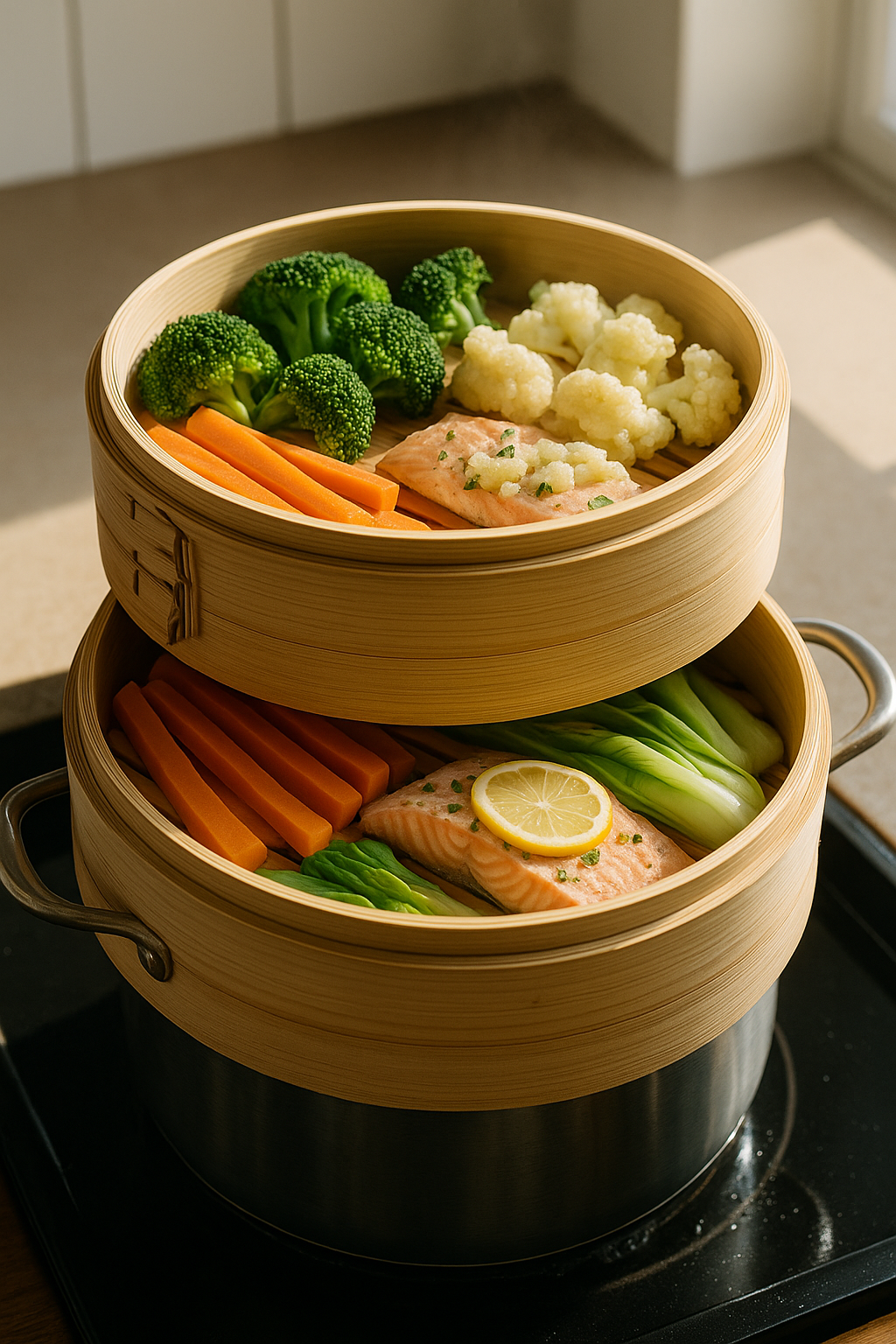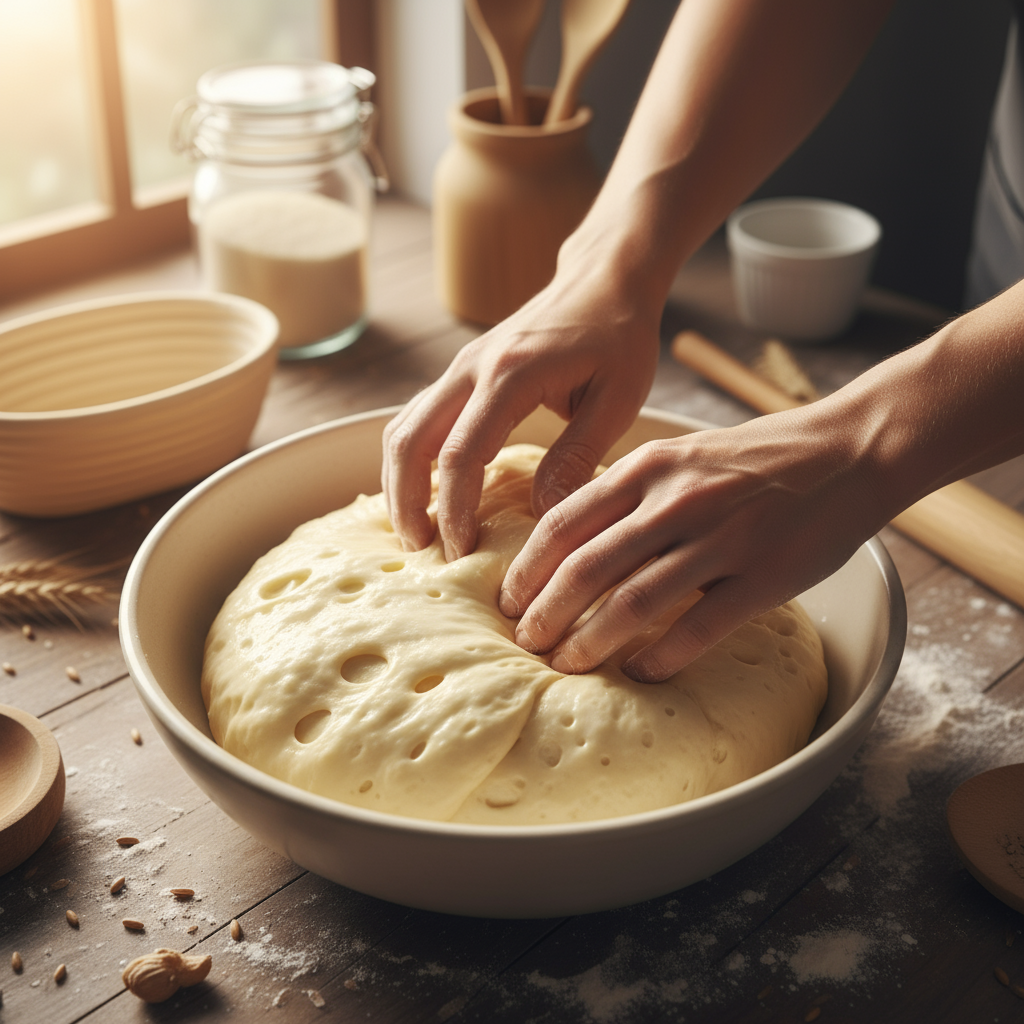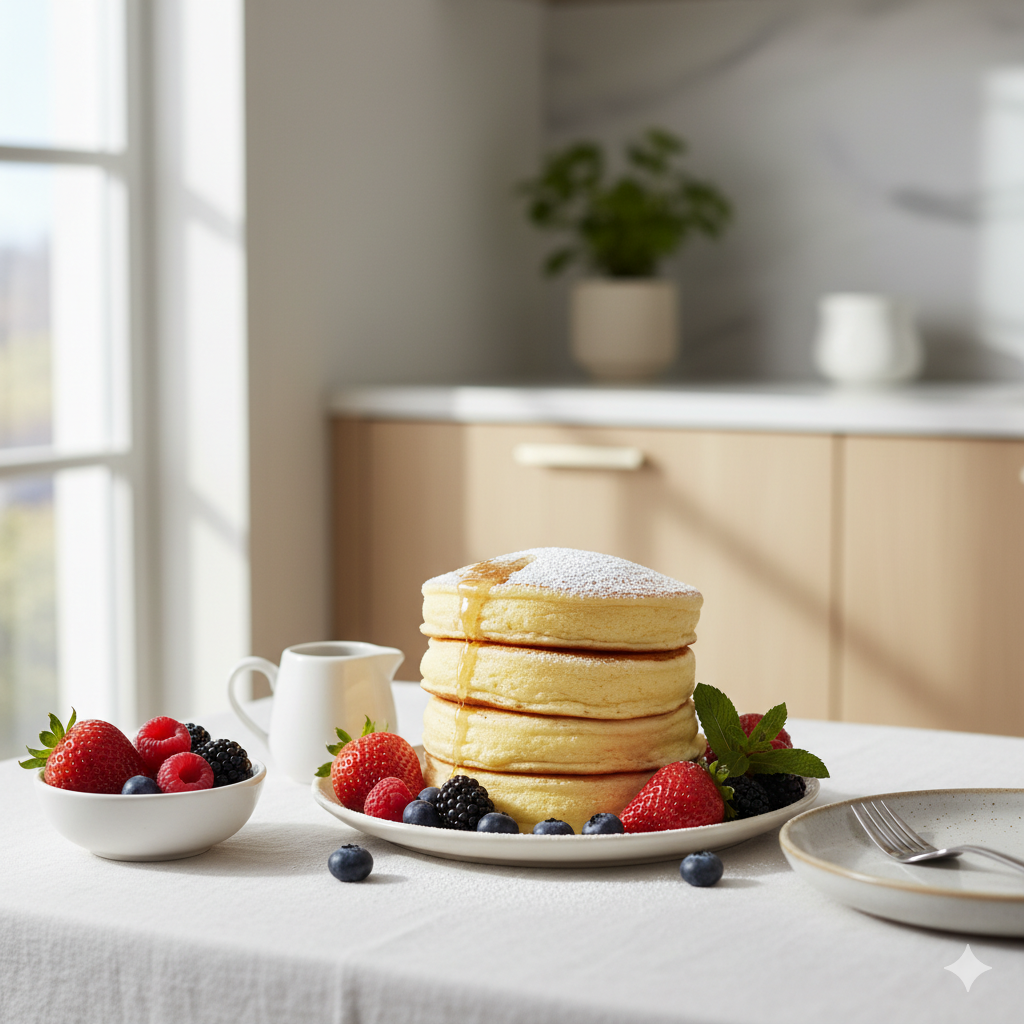Why “Water-Based Cooking” Is the Internet’s Favorite Minimalist Food Trend
From TikTok tutorials to global recipe blogs, “water-based cooking” has become shorthand for a calmer, cleaner kitchen style. The idea is simple: instead of frying or roasting with oil, use water or steam to heat and flavor food. It’s not a new invention—cultures worldwide have used moist-heat methods for centuries—but it’s being rediscovered as a modern way to cook with fewer ingredients, less mess, and a focus on essentials.
Note: This article shares general information about cooking methods. It is not dietary or health advice.
The Basics: What Counts as “Water-Based Cooking”?
Water-based cooking includes any moist-heat technique that uses liquid or steam to transfer heat to food:
Method | Typical Temperature Range | Common Examples | Equipment Needed |
Steaming | ~100 °C / 212 °F | Dim sum, fish, vegetables | Steamer basket, pot |
Poaching | 71–82 °C / 160–180 °F | Eggs, chicken, fruit | Saucepan |
Simmering | ~93 °C / 200 °F | Soups, stews, legumes | Pot, stove |
Blanching | Brief boiling, then chilling | Greens, pasta prep | Pot, ice bath |
These methods rely on gentle heat and minimal fat, creating tender textures while preserving natural flavors.
Why It’s Trending Now
Social media aesthetics – TikTok videos labeled #waterbasedcooking have drawn millions of views in 2025, highlighting transparent broths, calm narration, and minimal visuals (TikTok Creative Center, 2025).
Global press coverage – The Guardian and BBC Good Food noted the movement as part of a wider “quiet kitchen” trend emphasizing simplicity and low-waste cooking (2025).
Cultural crossover – Dishes long rooted in Asian, Mediterranean, and Nordic cuisines are now being presented as universal comfort food.
How to Try It at Home
1. Start with simple vegetables
Steam or poach carrots, broccoli, or cabbage until tender but bright. Add a pinch of salt or citrus at the end instead of oil-based dressings.
2. Build clear broths
Use simmered bones or vegetables for soups that double as cooking bases. Strain and freeze for future recipes—nothing wasted.
3. Reimagine proteins
Poach fish in a shallow pan with herbs and lemon. Try chicken or tofu in light stock for balanced, aromatic results.
4. Balance flavor naturally
Since you’re not relying on oil for richness, flavor comes from herbs, fermented sauces, or the broth itself.
Global Inspirations
Japan: Shabu-shabu hotpot and chawanmushi (savory steamed egg custard).
Italy: Poached pear desserts and acqua pazza (“crazy water”) fish.
China: Bamboo-steamed dumplings and buns.
Nordic countries: Gently simmered root vegetables and seafood.
Every culture offers lessons in how water and time create comfort.
FAQ
Q1. Is “water-based cooking” new? Not at all—it’s a new name for timeless techniques like steaming and simmering.
Q2. Does it require special tools? Only basic cookware: a pot, a lid, and maybe a steamer basket.
Q3. Can you season food effectively without oil? Yes. Use aromatics, spices, and acid (like vinegar or citrus) to layer taste.
Q4. Is it suitable for all diets? Generally yes, since it’s a cooking method, not a diet plan. Adapt ingredients as needed.
Q5. Why are people calling it “minimalist cooking”? Because it reduces ingredients, cleanup, and visual clutter—appealing to a global audience seeking simplicity.
The Takeaway
Water-based cooking’s rise shows that simplicity can feel fresh again. Its techniques are timeless, its results are universally approachable, and its visual style fits perfectly in a scroll-driven world that craves calm and clarity.



